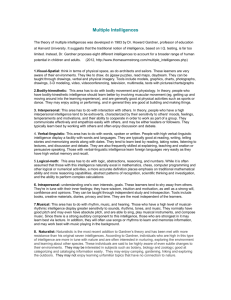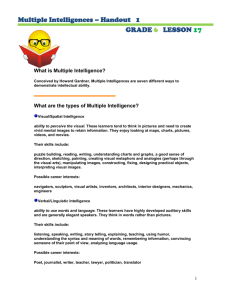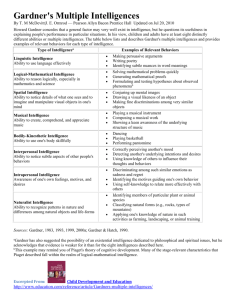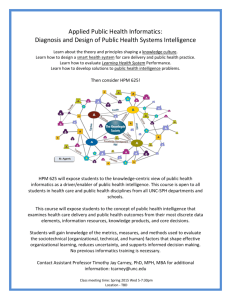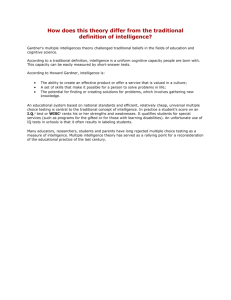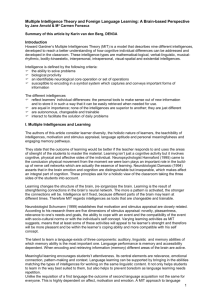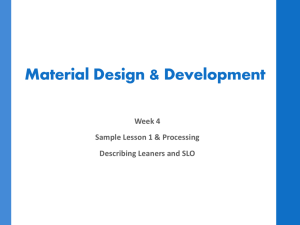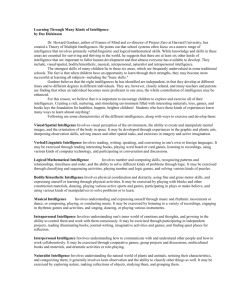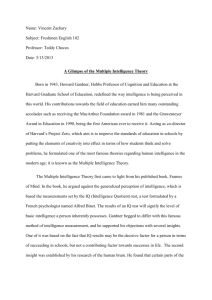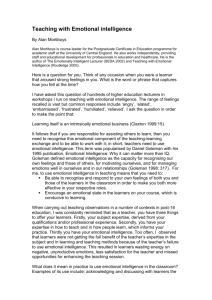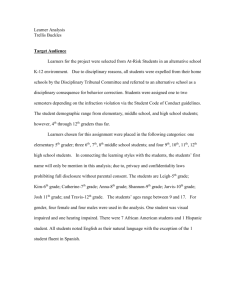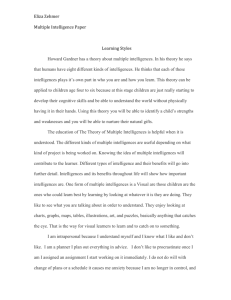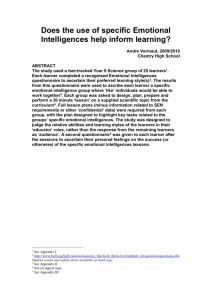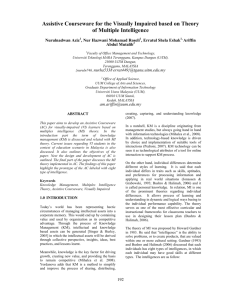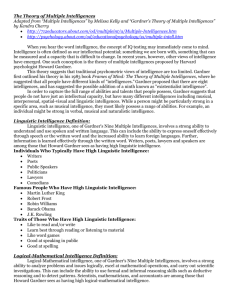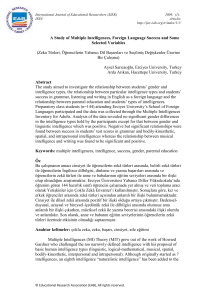017019521X_355308
advertisement
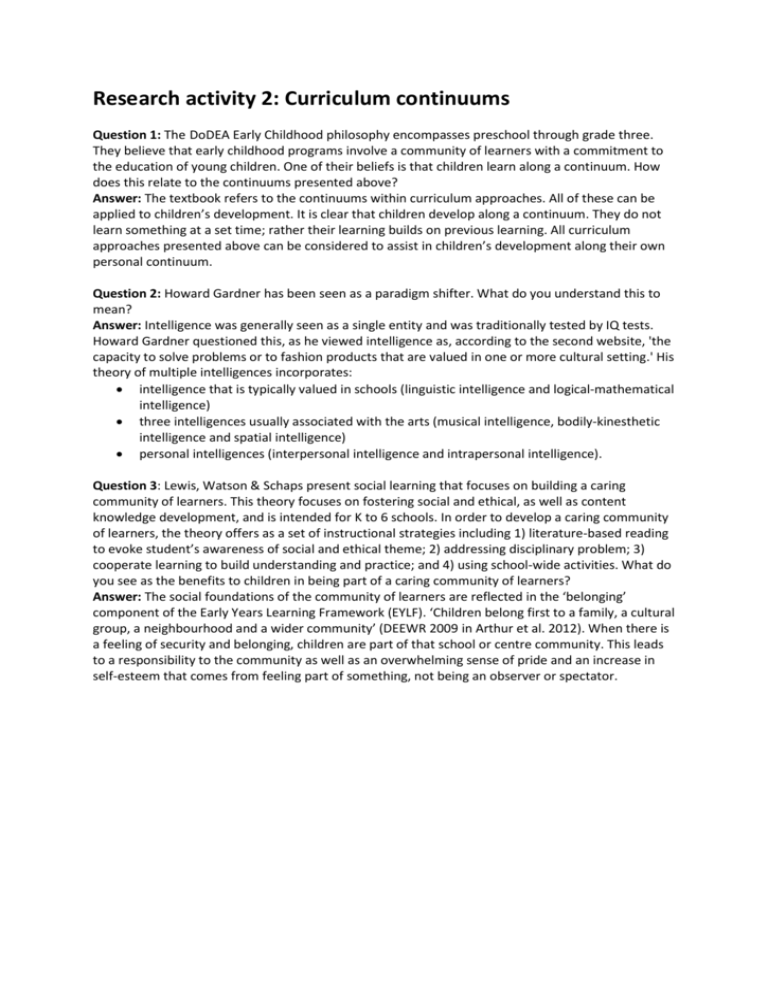
Research activity 2: Curriculum continuums Question 1: The DoDEA Early Childhood philosophy encompasses preschool through grade three. They believe that early childhood programs involve a community of learners with a commitment to the education of young children. One of their beliefs is that children learn along a continuum. How does this relate to the continuums presented above? Answer: The textbook refers to the continuums within curriculum approaches. All of these can be applied to children’s development. It is clear that children develop along a continuum. They do not learn something at a set time; rather their learning builds on previous learning. All curriculum approaches presented above can be considered to assist in children’s development along their own personal continuum. Question 2: Howard Gardner has been seen as a paradigm shifter. What do you understand this to mean? Answer: Intelligence was generally seen as a single entity and was traditionally tested by IQ tests. Howard Gardner questioned this, as he viewed intelligence as, according to the second website, 'the capacity to solve problems or to fashion products that are valued in one or more cultural setting.' His theory of multiple intelligences incorporates: intelligence that is typically valued in schools (linguistic intelligence and logical-mathematical intelligence) three intelligences usually associated with the arts (musical intelligence, bodily-kinesthetic intelligence and spatial intelligence) personal intelligences (interpersonal intelligence and intrapersonal intelligence). Question 3: Lewis, Watson & Schaps present social learning that focuses on building a caring community of learners. This theory focuses on fostering social and ethical, as well as content knowledge development, and is intended for K to 6 schools. In order to develop a caring community of learners, the theory offers as a set of instructional strategies including 1) literature-based reading to evoke student’s awareness of social and ethical theme; 2) addressing disciplinary problem; 3) cooperate learning to build understanding and practice; and 4) using school-wide activities. What do you see as the benefits to children in being part of a caring community of learners? Answer: The social foundations of the community of learners are reflected in the ‘belonging’ component of the Early Years Learning Framework (EYLF). ‘Children belong first to a family, a cultural group, a neighbourhood and a wider community’ (DEEWR 2009 in Arthur et al. 2012). When there is a feeling of security and belonging, children are part of that school or centre community. This leads to a responsibility to the community as well as an overwhelming sense of pride and an increase in self-esteem that comes from feeling part of something, not being an observer or spectator.


